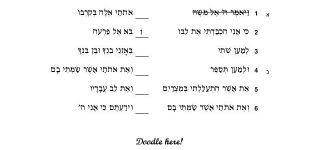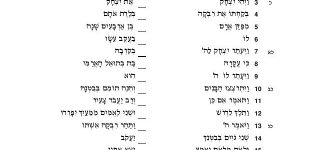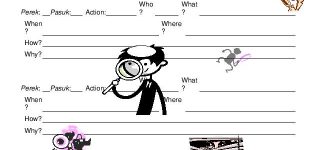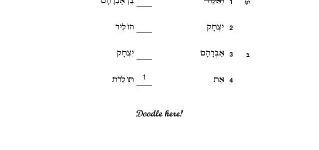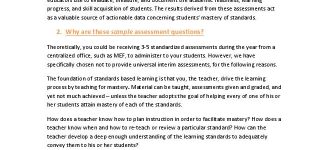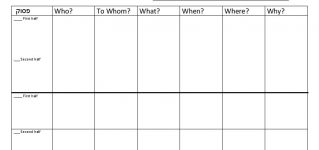Finding Information
4.01 Finding Facts
B. N/A
B. Refers explicitly to the language of the text as the basis for their answers – עונה בלשון המקרא.
B. Refers explicitly to the language of the text as the basis for their answers – עונה בלשון המקרא.
B. Refers explicitly to the language of the text as the basis for their answers – עונה בלשון המקרא.
B. Refers explicitly to the language of the text as the basis for their answers – עונה בלשון המקרא.
B. Refers explicitly to the language of the text as the basis for their answers – עונה בלשון המקרא.
B. Refers explicitly to the language of the text as the basis for their answers – עונה בלשון המקרא.
B. Refers explicitly to the language of the text as the basis for their answers – עונה בלשון המקרא.
Grade 2: Answers Who, What, When, Where, Why questions when the פסוק was translated, but the teacher did not explain the “W’s.”
Grade 3: Answers Who, What, When, Where, Why questions in a group of פסוקים when the פסוקים were translated, but the teacher did not explain the “W’s.”
Grade 4: Using language skills and context clues to answer the 5 W questions on an individual, unlearned פסוק.
Grade 5-8: Uses language skills and context clues to answer the 5 W questions when learning a number of new פסוקים independently.
Grade 2-8: Refers explicitly to the language of the text as the basis for their answers – עונה בלשון המקרא.
4.02 Finding Quotes
A. Differentiates between the narrative and a quote within the narrative.
B. Identifies the beginning and the end of a quote that is found within one פסוק after the information was taught by the teacher.
A. Differentiates between the narrative and a quote within the narrative.
B. Identifies the beginning and the end of a quote that is found within one פסוק. The פסוק is translated, but the student finds the quote independently (using key words that indicate speech for assistance).
A. Differentiates between the narrative, a quote, and a quote within a quote.
B. Identifies the beginning and the end of a quote [40] in a group of פסוקים. The פסוקים have been translated, but the student finds the quote independently, using key words indicating speech for assistance.
A. Differentiates between the narrative, a quote, and a quote within a quote.
B. Identifies the beginning and the end of a quote [40] in a group of פסוקים. The פסוקים have been translated, but the student finds the quote independently, using key words indicating speech for assistance.
A. Differentiates between the narrative, a quote, and a quote within a quote.
B. Identifies the beginning and the end of a quote in a group of unlearned פסוקים.
A. Differentiates between the narrative, a quote, and a quote within a quote.
B. Identifies the beginning and the end of a quote in a group of unlearned פסוקים.
A. Differentiates between the narrative, a quote, and a quote within a quote.
B. Identifies the beginning and the end of a quote in a group of unlearned פסוקים.
A. Differentiates between the narrative, a quote, and a quote within a quote.
B. Identifies the beginning and the end of a quote in a group of unlearned פסוקים.
Grades 3-8: Differentiates between the narrative, a quote, and a quote within a quote.
Grade 2: Identifies the beginning and the end of a quote that is found within one פסוק. The פסוק is translated, but the student finds the quote independently (using key words that indicate speech for assistance).
Grades 3-4: Identifies the beginning and the end of a quote[40] in a group of פסוקים. The פסוקים have been translated, but the student finds the quote independently, using key words indicating speech for assistance.
Grades 5-8: Identifies the beginning and the end of a quote in a group of unlearned פסוקים.
[40] Students can learn to look for these indicators of the end of a quote: when the פסוק changes from first or second person to third person, and by the טעמי המקרא (see video).


